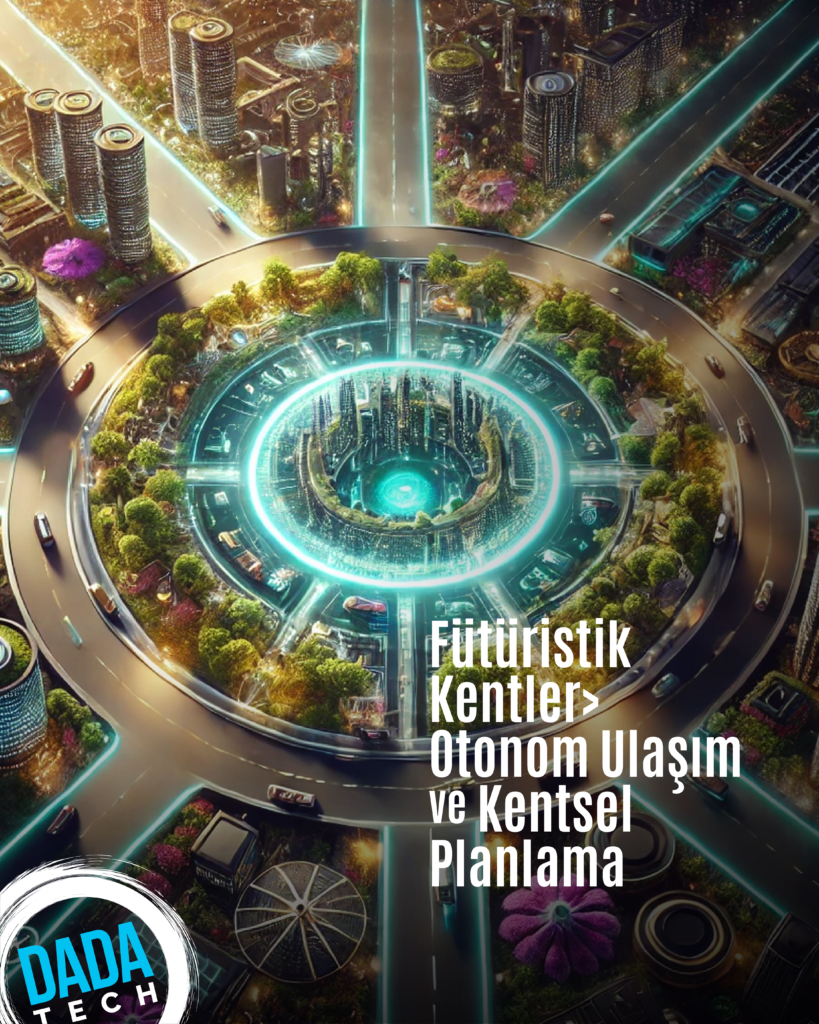Imagine a metropolis where streets become a symphony of motion, vehicles glide seamlessly through intersections, and the chaos of rush-hour fades into a serene urban harmony. A city where clean air reigns, traffic jams are relics of the past, and the cacophony of car horns is replaced by a tranquil rhythm of innovation. Welcome to the envisioned future of urban living, driven by autonomous vehicles (AVs) and redefined by groundbreaking urban planning.
As we stand on the cusp of a transformative era, the role of urban planning in shaping autonomous cities becomes paramount. AVs promise to reimagine urban landscapes—ushering in safer streets, seamless mobility, and equitable accessibility.
In this exploration, we will navigate through the state of AV technology, its implications for infrastructure, the regulatory frameworks taking shape, and the ethical dilemmas accompanying this evolution. Buckle up as we delve into the fascinating possibilities of designing cities for the autonomous age.
The Evolution of Autonomous Vehicles
Autonomous vehicle technology has traversed decades of refinement, progressing through defined stages of automation:
1. Manual Operation (Level 0): No automation—control resides entirely with the driver.
2. Assisted Driving (Level 1): Vehicles assist with basic tasks like adaptive cruise control but require full driver engagement.
3. Partial Automation (Level 2): Advanced systems manage functions like steering and braking, though driver vigilance remains critical.
4. Conditional Automation (Level 3): AI oversees most operations, yet human intervention is occasionally required.
5. High Automation (Level 4): Vehicles can operate independently, even in complex scenarios, though manual control remains an option.
6. Full Automation (Level 5): The ultimate vision—vehicles operate autonomously under all conditions without any human input.
Across the globe, cities are at varying stages of AV adoption. Pilot programs thrive in some regions, while others cautiously approach infrastructure upgrades and regulatory challenges. Despite immense promise, issues such as safety, legal liability, and societal acceptance demand resolution.
Key Innovators Shaping the AV Ecosystem
The autonomous vehicle arena is a melting pot of traditional automakers and innovative tech firms. Legacy brands like Ford collaborate with tech pioneers such as Argo AI, while Tesla continues refining its Autopilot system. Beyond automakers, companies like Luminar Technologies and NVIDIA are advancing sensor and AI capabilities, enabling smarter and safer vehicles.
Urban Transformation: The Promise of AVs
Autonomous vehicles offer a blueprint for transforming urban mobility. Advanced algorithms and real-time data facilitate efficient traffic management, reducing congestion through route optimization and platooning strategies.
Moreover, AVs can empower underserved populations, including seniors and individuals with disabilities, by providing accessible and reliable mobility solutions. Their potential extends to environmental benefits, with electric AVs reducing fossil fuel dependence and lowering greenhouse gas emissions.
Preparing Cities for the Autonomous Era
1. Smart Infrastructure: The integration of intelligent traffic systems and dedicated AV lanes is crucial for seamless adaptation.
2. Data Security: Robust protocols must protect the vast data networks AVs rely on.
3. Regulatory Evolution: Legal frameworks must address liability, safety, and the coexistence of autonomous and traditional vehicles.
Case studies from cities like Singapore and Gothenburg demonstrate the potential of forward-thinking strategies. Singapore’s pioneering self-driving trials and Gothenburg’s collaboration with Volvo offer blueprints for AV integration.
Ethics, Community, and the Road Ahead
Autonomous technology raises profound ethical questions. Decision-making algorithms—such as those determining harm in unavoidable collisions—invite scrutiny. Equally, questions of liability and data privacy loom large.
Community engagement is paramount in addressing these issues. Urban planners must balance technological advancement with residents’ needs, ensuring equitable and inclusive solutions. The future of AV integration depends on aligning innovations with societal aspirations.
Co-Creating the Future
Navigating this shift requires an interdisciplinary approach, uniting engineers, policymakers, urban planners, and citizens. Collaborative decision-making ensures that the promise of AVs aligns with the collective vision of society.
As we embark on this journey, let us remember: the cities of tomorrow are not merely technological marvels but human-centric spaces, crafted to enrich lives and foster sustainability. Together, we can steer toward a transformative and inclusive future.


